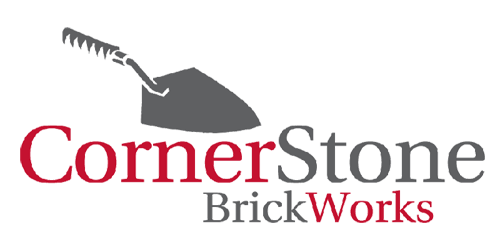Chimney Questions
How do I know if my chimney needs a rebuild or a repair?
-This is usually left to the judgement of the estimator. There can be multiple factors at play, such as chimney leaning, mortar vs masonry unit deterioration, improper chimney cap installation, exhaust leaks at various points in the chimney, etc. More often than not it is a matter of mortar deterioration vs unit deterioration. When mortar deterioration is the issue repointing your chimney and possibly a new chimney cap are viable solutions. However, if it’s unit deterioration, depending on the quantity and severity, a rebuild is most often required. Also, any leaning of the chimney can only be properly addressed by a complete rebuild.
Only the upper half of my chimney is damaged, but the estimator recommended that I rebuild from the roofline. Why?
-This is a common dilemma that many home owners run into. The chimney generally takes the biggest brunt of the elements, given its location on the house, which means it tends to receive a lot more damage from the elements. Typically visible damage moves from the chimney cap down. If the upper section is showing signs of damage usually the lower section has received a fair bit of abuse as well and it may be close to visible deterioration. It may not be in need of repair immediately, but it will more than likely need to be repaired in the near future. The cost of rebuilding the whole chimney is not twice that of rebuilding only half, because so much of the costs involved consist of creating safe work environment at dangerous heights. Also down the road you can never just rebuild the lower half of your chimney and it would be very unfortunate to see the damage that used to be on the top half only, now be the bottom half only.
My chimney has a lean should I be concerned?
-Yes. Don’t panic, but don't ignore it, either. Contact us to come take a look.
Block off the area if possible, and avoid parking cars, or spending time below the chimney.
The bricks of my chimney are flaking apart at a rapid rate. Why would this be?
-Often, this deterioration of chimney bricks is caused by a leak in the chimney crown (aka the cap). Water gets inside the chimney and destroys the brick from the inside. Once you start to see the damage it is already much worse on the inside and there is no avoiding a complete chimney rebuild.
What is a chimney crown?
-A chimney crown refers to the overhanging portion at the top of your chimney often called a chimney cap. Crowns or caps can be made of various masonry materials (some are then covered with metal for improved longevity). The chimney cap or chimney crown provides protection to the masonry units below by providing an over hang and a drip edge.
The chimney cap is cracking and deteriorating, what should I do?
-Many times a chimney cap will show evidence of cracking and deterioration. If the cracks are minor a simple repair can be done, but if the damage is neglected for too long replacement might be the only option. A well maintained chimney cap will help prevent any future damage, prolonging the life of your chimney.
What is a flue?
-The flue is the protective lining that runs the entire vertical length of the chimney. Fireplace flues are most often made of clay, while gas-burning appliances use a metal flue liner. These metal flues often run up a clay flue since so many homes have had their wood burning fireplaces converted to natural gas. These flues protect the masonry of the chimney as well as other components of the home from the detrimental effects of hot and possibly humid venting gasses. Clay liners also act as an insulator, preventing fires from occurring due to the extreme heat.
Do I need a flue cap?
-The flue cap is one of the most inexpensive ways to protect your chimney. A simple cap, technically referred to as a spark arrestor, and sometimes called a hood, will keep rain water out of your flue, it will also shed water away from where the flue meets the crown (cap), and it provides some protection and added life to any exposed flue. Also they keep animals from making homes within your chimney flues. Animal nests prevent gasses from venting properly, and are themselves fire hazards. The flue cap or spark arrester, as the name would suggest, keep sparks that sometimes fly up the chimney from landing on your roof. This is a serious fire hazard, especially in the fall when dry leaves may accumulate on the roof.
 FREE
FREE